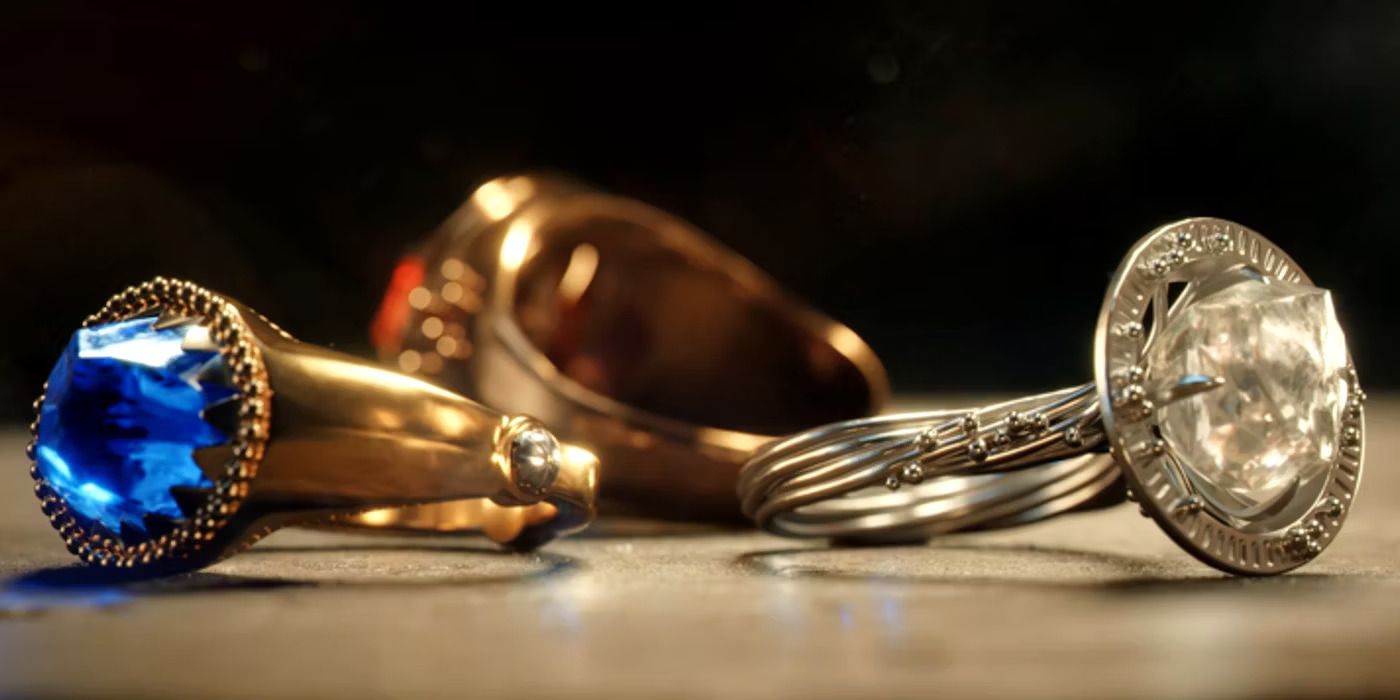
The titular Ring in The Lord of the Rings is one of the most tantalizing items in fiction. While it certainly seems to possess theoretically infinite might, the main thing fans see it do is create endless desire in anyone nearby. People really want it, but it’s hard to pin down why. It makes Frodo invisible and gives Sauron even more vague power. There are nineteen other Rings of Power, including three that went to the Elves. What could the wearers of Vilya, Nenya, and Narya do with their gifts?
Elves are critically important in The Lord of the Rings. The franchise tends to focus on the literal little guys. The charming Hobbits of the Shire make their name by defying the odds, but the Elves are anything but underdogs. Elves are actually younger as a species than Dwarves and Ents, but they remain one of the most important species in Middle-earth. Their role in crafting the Rings of Power bought them some special access to them, eventually resulting in three untouched just for them.
What are the Three Elven Rings?
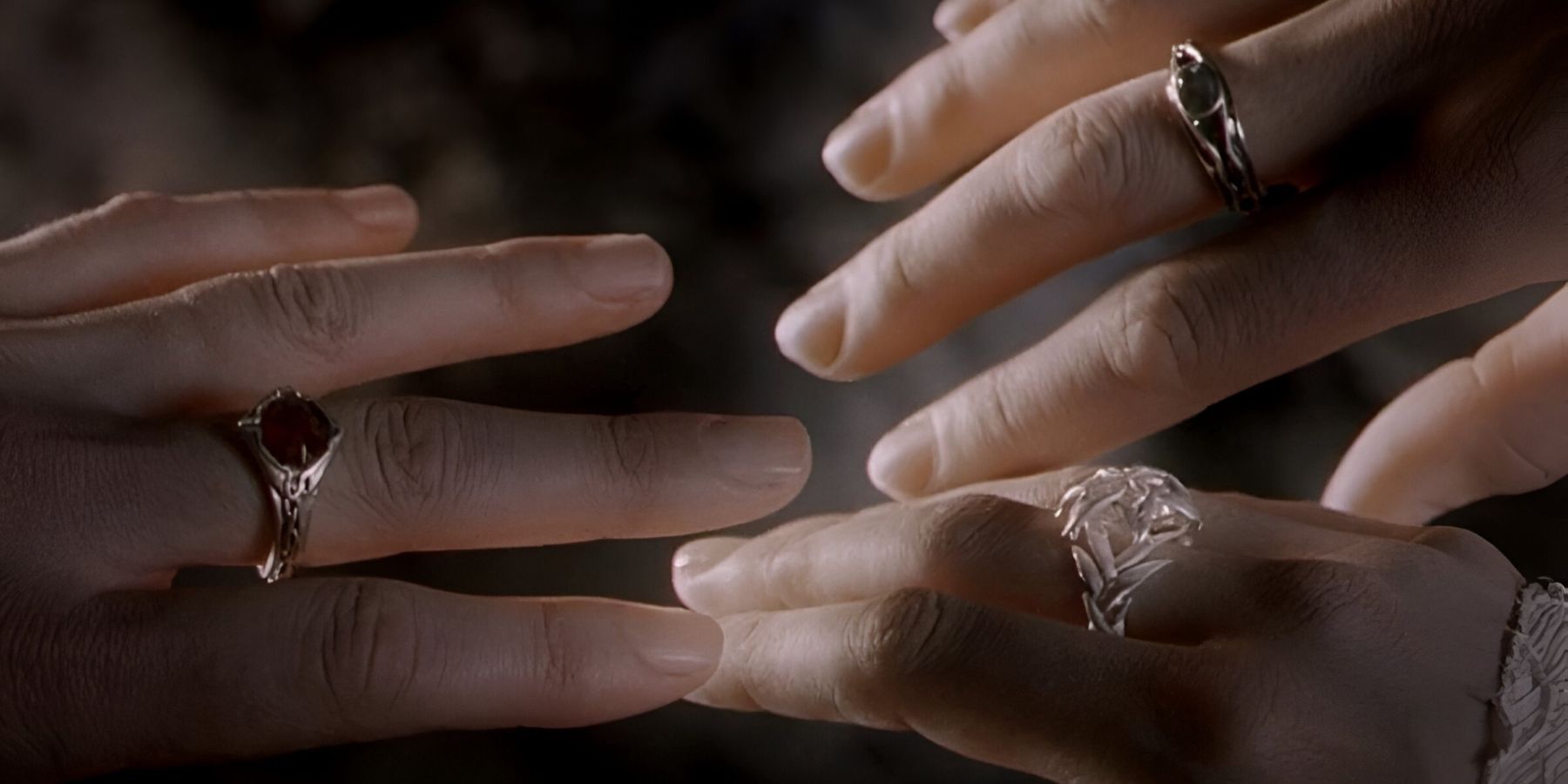
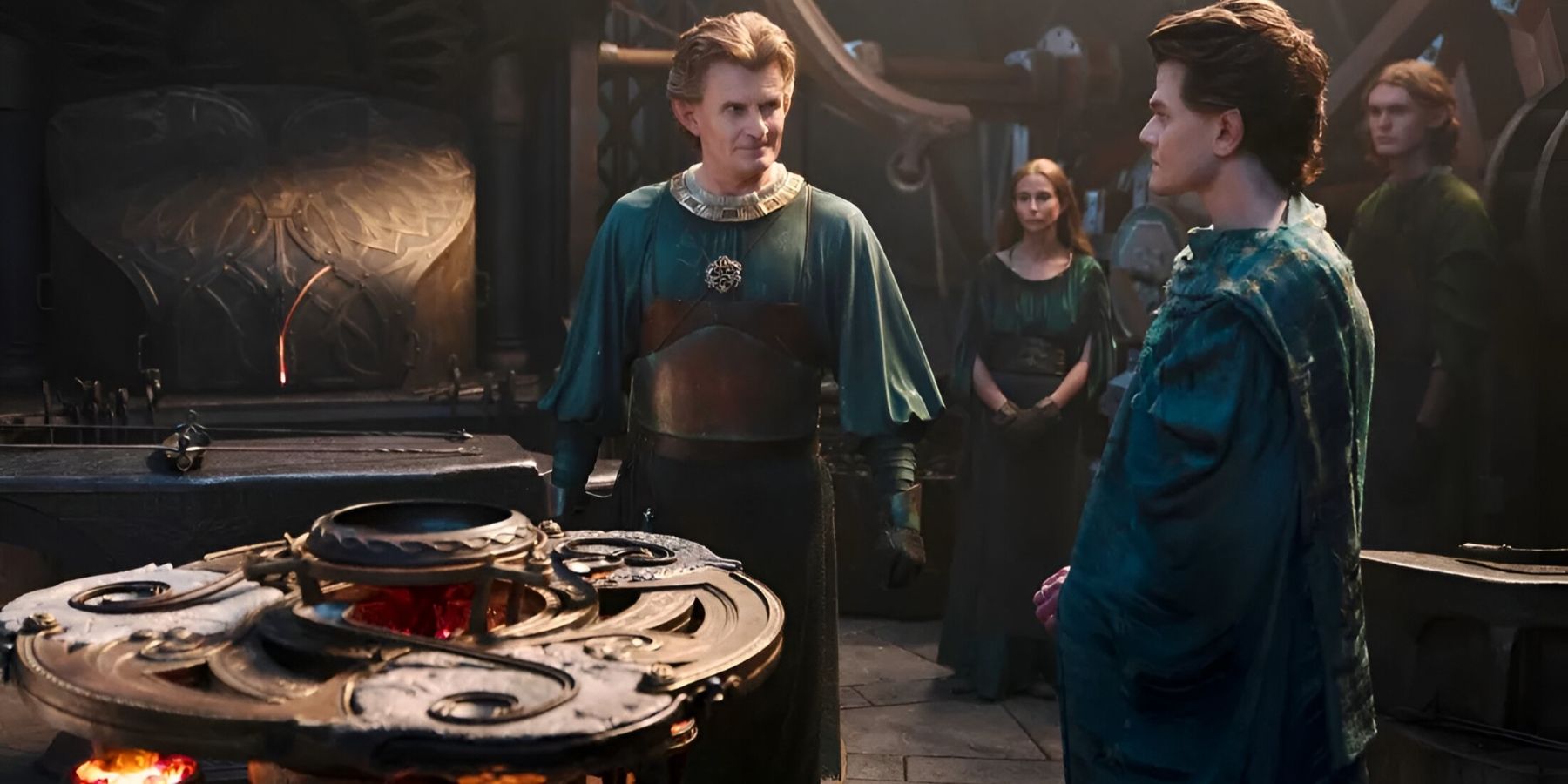
Sauron influenced the Elven smiths of Eregion by assuming a new form and appealing to their desire to maintain beauty. They constructed 19 notable Rings of Power, while Sauron secretly forged the One Ring in the fires of Mount Doom. His intent was to hand those rings out to the most influential people in various societies and control them from afar with his own. The Elves saw his deception coming and quickly removed their rings. Sauron’s trick worked best on the nine humans he turned into the Ring-Wraiths. During this process, Celebrimbor crafted three rings in secret. Sauron never laid a hand on them, leaving them uncorrupted. They would be Sauron’s greatest prize, but he never acquired them. Even after the Dark Lord captured Celebrimbor and tortured him to death, the smith never divulged their location. These three rings were critical advantages in the war against Sauron. These three rings shared a few powers. They would keep their wearers safe from remote viewing and elongate their lifespan, though the One Ring still held sway over them. Celebrimbor named each after one of the three essential elements of Middle-earth and handed them out to trusted allies.
Narya
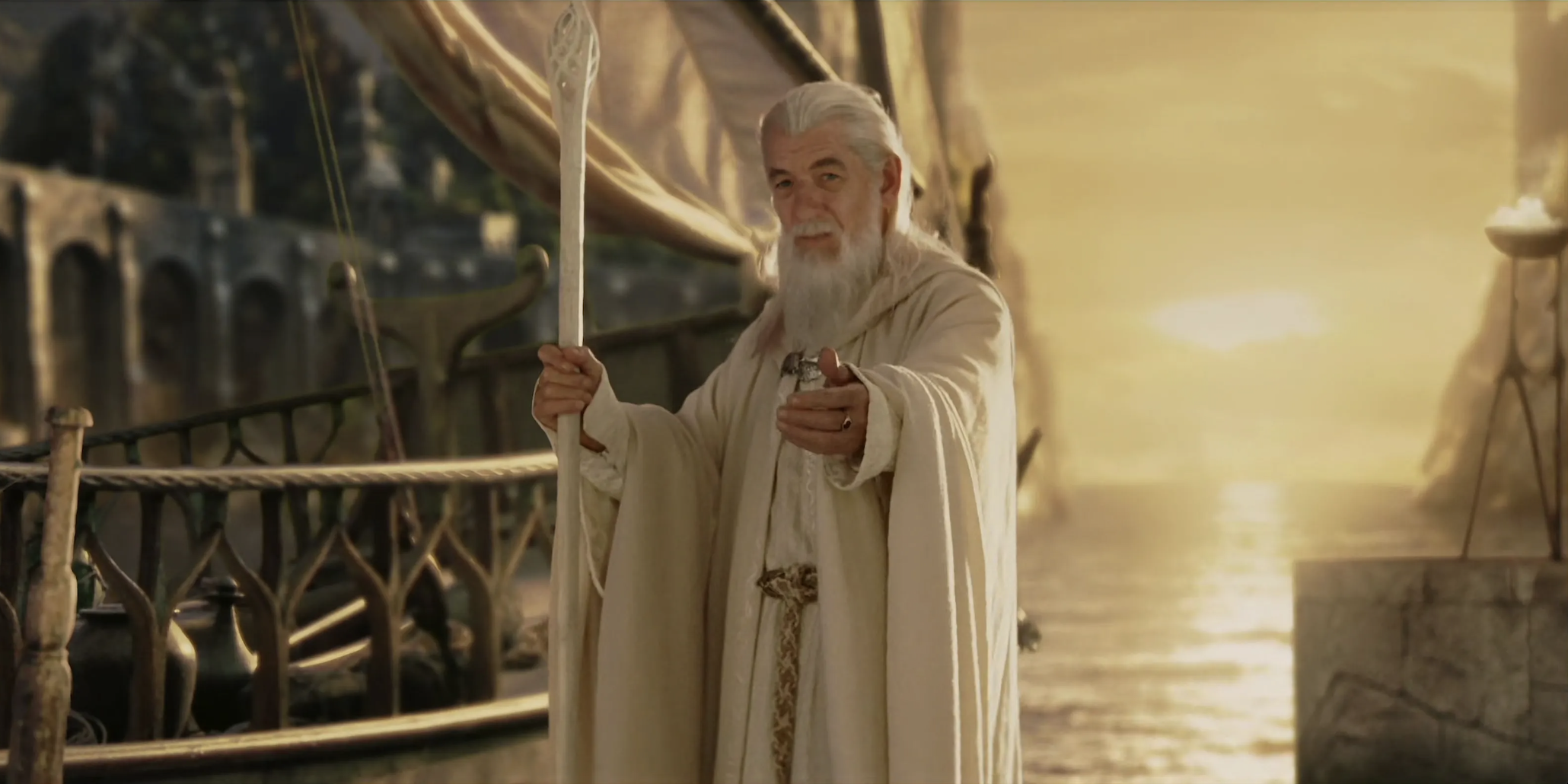
Also known as:
The Ring of Fire
The Red Ring
Narya represents fire and its design certainly evokes that connection. It’s a shining golden band that houses a massive ruby. That central gem, at least in the cinematic and streaming adaptations, is considerably larger than those of the other two rings. Narya’s primary gift is the ability to inspire others to resist tyranny. Through its enhanced willpower, the user can resist all forms of domination, depression, and defeat. It’s an endless source of unbreakable spirit that could allow a gifted wearer to fight through any condition. Celebrimbor gave Narya (and one of its siblings) to High King Gil-galad. The king quickly handed it to his most trusted lieutenant, Círdan. Círdan likely used Narya in the War of the Last Alliance. When he met Gandalf in TA 1000, he gave the ring to the wizard. It’s hard to know how Gandalf used Narya, but some have suggested that it strengthened him with additional stamina and allowed him to encourage the warriors of Minas Tirith. It may also explain his “Flame of Arnor” threat when he faced the Balrog. If it did have fire magic, he may have been well advised to use it.
Nenya
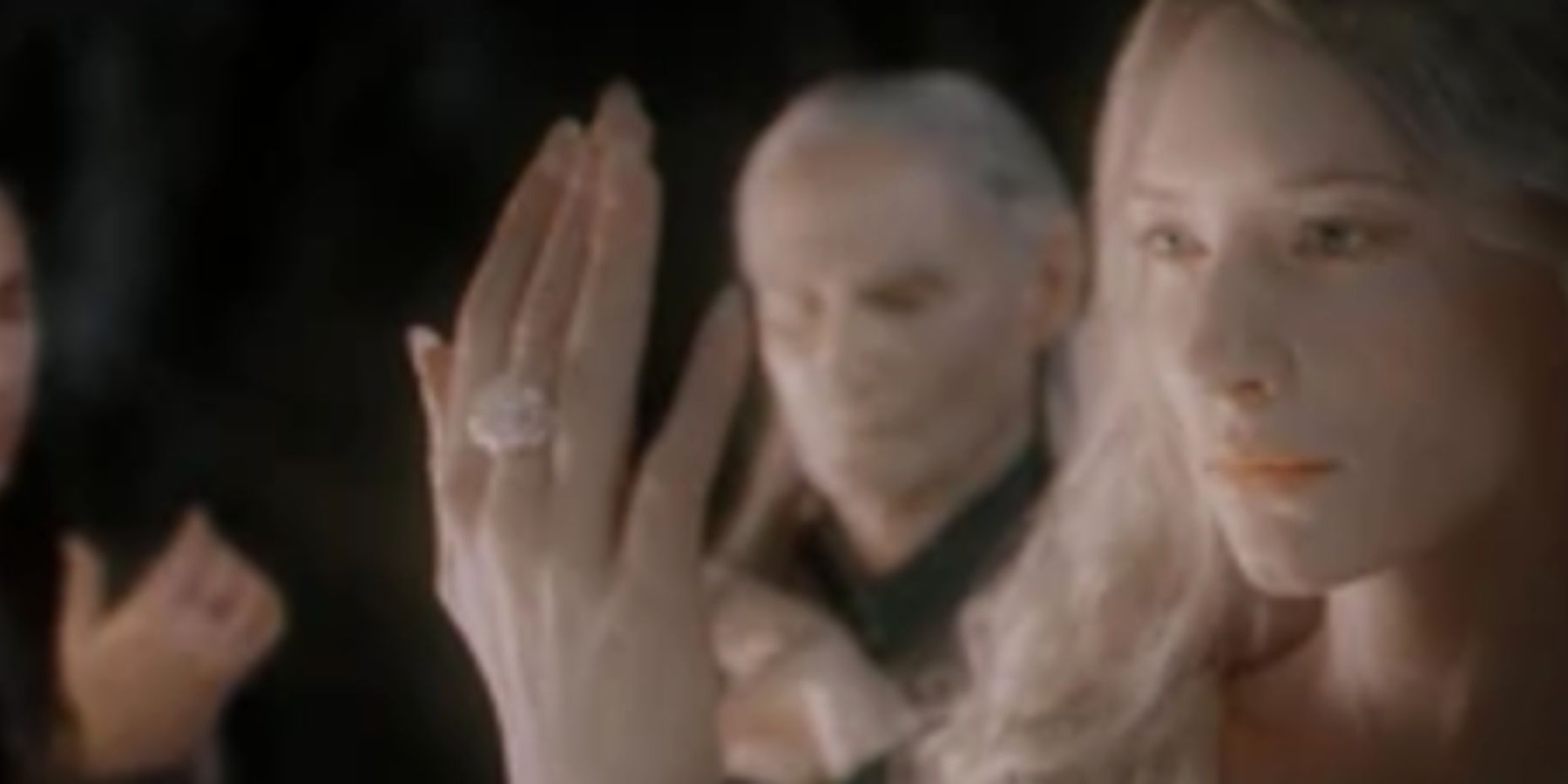
Also known as:
The White Ring
The Ring of Adamant
The Ring of Water
Nenya has a more straightforward path. The Ring of Water has a rare mithril band and a shimmering diamond in its center. While Narya encourages resistance against evil, Nenya prioritizes protection and concealment against the darkness. Through its power, only the most powerful evil force could enter a designated land. Celebrimbor personally placed Nenya on Galadriel’s finger, where it would remain for all known time. Galadriel used Nenya to empower, sustain, and hide her homeland, Lothlórien. That enchanted forest resisted the encroaching evil through Nenya’s unique magic. Only Sauron himself could have touched Lothlórien, while Galadriel used Nenya to defend it. Lothlórien faded after Galadriel left for Valinor, eventually resulting in the population moving on.
Vilya
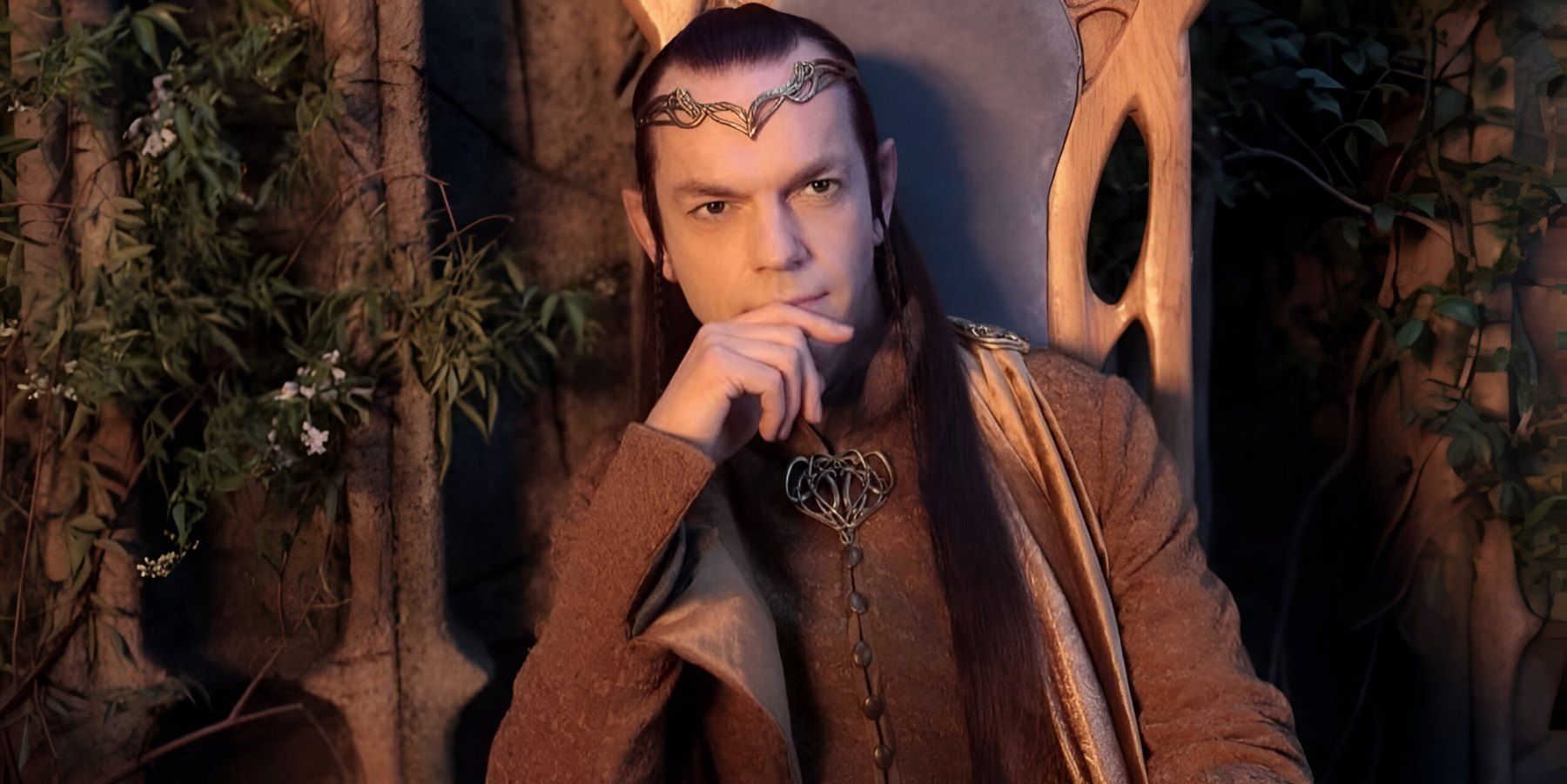
Also known as:
The Ring of Sapphire
The Blue Ring
The Ring of Air
The third and final Elven ring is said to be the most powerful. Unfortunately, it’s also the most vague in its usefulness. Narya and Nenya have understandable uses that make sense. Vilya probably has the ability to heal and preserve things affected by the Dark Lord’s influence, but there’s no real evidence to back that up. Celebrimbor handed Vilya to Gil-galad with Narya. He eventually gave it to Elrond, who kept it hidden and never used it as long as Sauron was an active threat. The Silmarillion suggests that Vilya could have brought mirth to Elrond’s subjects and kept anything within its purview from aging. It’s possible that Vilya had power over wind, just like Narya may have had power over fire. When the Nazgûl pursued Frodo into the Ford of the Bruinen river, Elrond raises a massive flood in the form of countless horses made of water. That could have been Vilya, but it could just as easily be unrelated.
The three Elven rings were fascinating elements of the War of the Ring. Celebrimbor wisely constructs some secret tools to help him against Sauron. While their specific advantages aren’t always clear, they seem to offer a ton of benefits. It’s fun to see what a heroic character can do with a ring of their own. Narya inspires a fighting spirit, Nenya protects sacred ground from darkness, and Vilya probably makes everyone happier. The Three Rings for the Elven Kings under the sky deserved a little more attention.